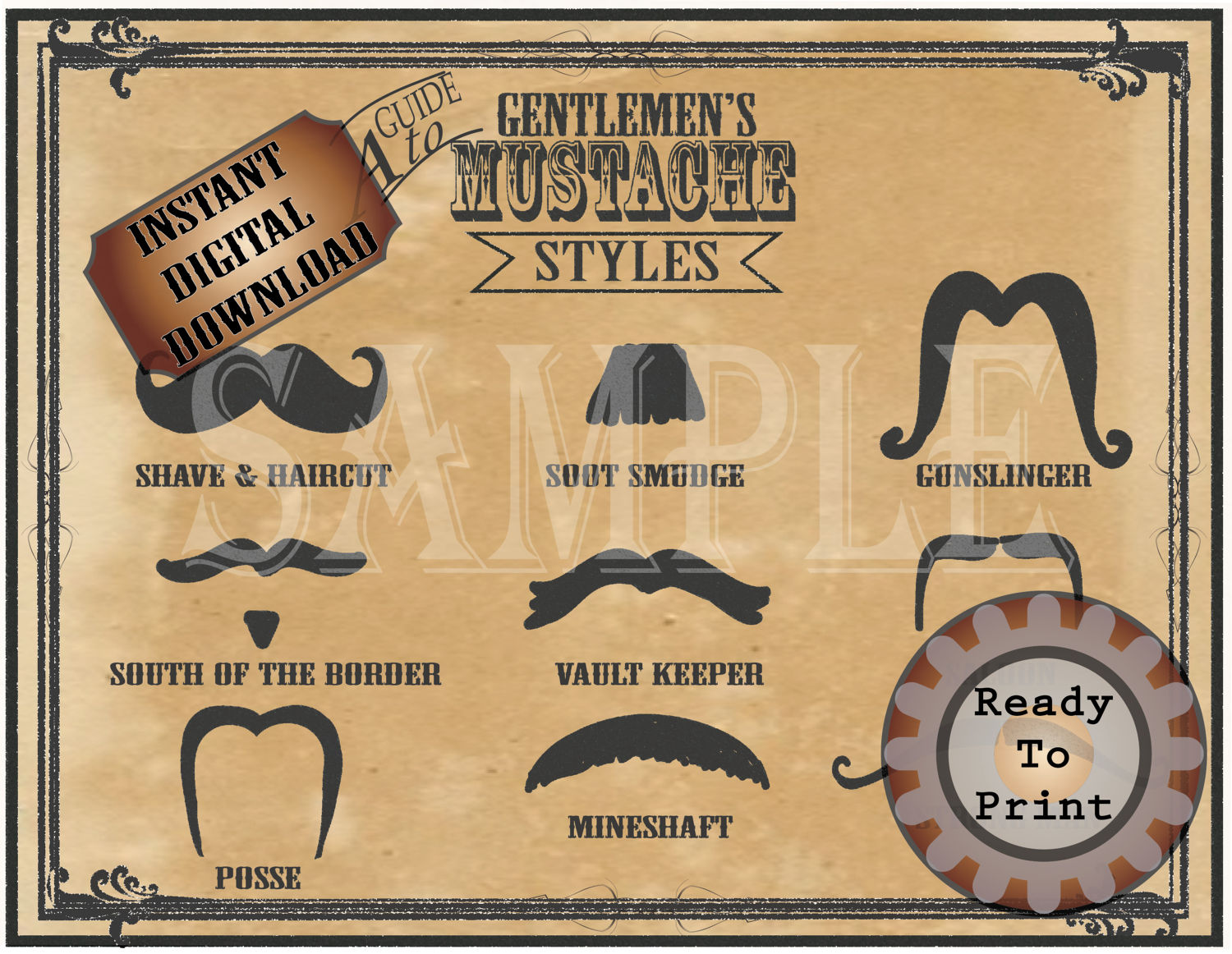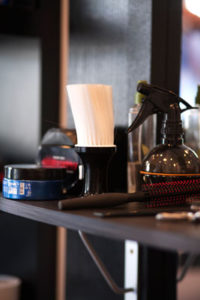

o Trial and error is crucial – don’t settle too earlyī œ œ œ œ œ j b & b œ œ œ œ œ Œ ‰ œ ˙ Shen- an-doah, Re-harmonization o Change the underlying chord so the melody note has a different function § Ex: If the melody note is the 3rd, change chord so it functions as the 5th.

tterall - ing crowdsof and -merto- be ing the clouds o gli Not sections form shim need same n œ œj ˙ o It’s okay to add, subtract, and re-arrange 9 Tempo oG min7 Faster = Simplify

–˙less bœ o Do not fear unison and 2-part writing 13 makī min7 b b E 7 A Maj7 j b œj œ œ œ b œ. ‰ notœ detract œ œJfrom ∑ ˙ & b œ N§œ Used œ toœjenhance melody, it J œ J ˙ § (Online Example #5) 17 - umn in New York that brings the pro-mise of new love o Aut Again, careful of parodyĬ min7 A min7 b5 D min7 b5 G 7 b 9 C Maj7 C7 Instrumentation/Density o Re-voice for need OR aesthetic appeal (sometimes requires change of key) j overdone n˙. Words/Syllables b 7 A min7 B 6 ExampleC#4) F Maj7 G min7 A min7 oG min7 No words? Write some! (Online j o Syllables are a vocalist’s tool for articulation –œuse effectively œ ˙. Time Signature o Odd meters (5/8, 7/8, etc.) are cool o A great exercise to adapt melodic content accounting for appropriate lyric setting o Swing (Online Example #3) Medium Vernon Duke Major to minor, minor to Major, and Modal Writing o Sometimes this actually supports the lyric better o Modes often work really well with pedal tones and drones Style/Feel o Primarily an Aesthetic Change (Postmodern Jukebox) o Easy to try – Record different “grooves” to test quickly o Careful of creating a parody Notational/Written Improvisational/Circle-Singing Recording/Looping/Layering Gray Areas: o Adaptation (Online Example #1) o Transcription (Online Example #2)įoundational Changes & Easy Arranging Starters Who owns the copyright? (Hint: It’s probably Hal Leonard) Using your knowledge of vocal music, can it be performed well by this instrument? Often this is a matter of preference or taste. To improve at arranging and composition To explore a new musical style To cross or combine musical genres To honor another composer/arranger and/or learn their tendenciesĬan you “hear” a song in an alternate setting? Is it musically, stylistically, and contextually appropriate for your ensemble? Has someone already done this? Research and listening required. Need – “My ensemble has specific requirements to make this song work” o Is this helping my choir? o Whether it’s artistically “better” or not is much less relevant, as this is fulfilling a need. Want – “I can visualize this song being successful in an alternative setting” o Are you adding to this and/or making it better? o If it’s worse than the original, what does this accomplish? o Artistic focus/project Vocal Arranging Tips & Tricks Ian Brekke – ECCO 2016


 0 kommentar(er)
0 kommentar(er)
